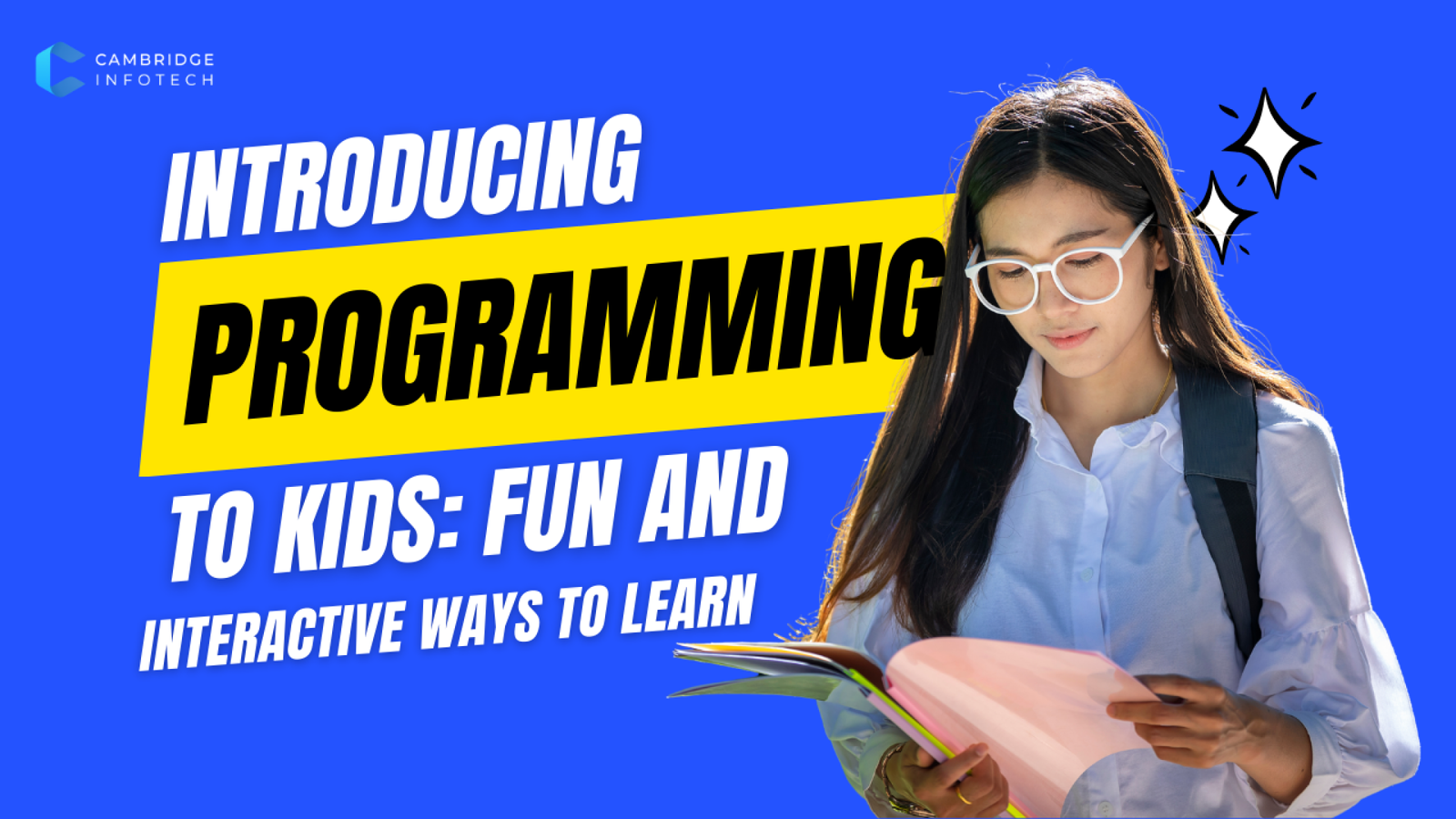Currently Empty: ₹0.00

Decoding the Future: The Evolution of Programming Languages in 2024
Introduction
A Peek into the Past
Remember when Java and C++ ruled the programming world? It’s been a journey, right? Like a river, the world of programming languages keeps on flowing, sometimes unpredictably so. We’ve seen the rise and fall of many languages, each leaving its mark on the technology landscape.
The Importance of Keeping Up-to-date
Staying updated with the latest programming trends is like keeping your garden watered – it’s essential for growth. It’s not just about chasing the new; it’s about understanding how these shifts impact our work and the opportunities they unveil.
What to Expect from This Article
This piece is your companion through the 2024 programming language landscape. We’ll laugh, we’ll cry, but most importantly, we’ll explore together. Buckle up!
The Rise of New Programming Languages
Emerging Stars in Programming
- Rust: Promising Safety and Speed
Imagine a world where you don’t have to choose between speed and safety. Rust makes this dream a reality, fascinating developers with its promises. - Kotlin: Revolutionizing Android Development
Gone are the days of tedious Android development. Kotlin sweeps in like a breath of fresh air, simplifying tasks with its concise syntax. - Elixir: Concurrency for the Modern Web
In an online world where everything happens at once, Elixir’s concurrency comes as a superhero, managing multiple tasks without breaking a sweat.
Why New Languages Are Gaining Popularity
The key here is adaptation. These languages are not just designed; they are sculpted to meet the evolving needs of modern development, emphasizing on performance, safety, and developer joy.
Potential Challenges
- Learning Curve for Developers
Embracing new languages means embracing their learning curves. But remember, every expert was once a beginner. - Limited Ecosystem and Community Support (Initially)
Every big tree starts as a small seed. Initial ecosystem gaps are often quickly bridged as communities grow. - Integration with Existing Technologies
Compatibility is like making new friends while keeping the old ones – challenging but rewarding.
The Resurgence of Established Languages
Languages Getting a Second Wind
- JavaScript (with ESNext)
JavaScript is like the phoenix rising from its ashes with ESNext, introducing features that make coding more smooth and powerful. - Python 3.x Evolutions
Python’s simplicity continues to evolve, making it more potent and versatile, from web development to AI. - PHP 8 and Beyond
Remember when some thought PHP was on its way out? PHP 8 said, “Hold my beer,” bringing performance and syntactic sugar to the table.
Factors Contributing to Their Resilience
The secret sauce? Continuous improvement, community love, and their ability to adapt and serve across various domains.
What Keeps Them Relevant
The grace of these languages lies in their wisdom to blend new-age needs with their rich legacy, ensuring a balance between innovation and reliability.
Paradigm Shifts: Functional Programming and Beyond
The Growing Interest in Functional Programming
Functional programming is like the old recipe from grandma’s book finding new love. It’s all about purity, immutability, and higher-order functions bringing clarity and bug reduction.
Hybrid Approaches: Combining the Best of Both Worlds
Imagine having your cake and eating it too. That’s what languages like Scala and Kotlin offer by merging functional programming with object-oriented paradigms.
“Change is the only constant,” they say, and in the world of programming languages, this couldn’t be truer. As we bid goodbye to 2024, let’s embrace these shifts with open minds and keyboards. The future is bright, and it’s coded by us. Whether you’re intrigued by the new kids on the block or faithful to the old guards resurging with newfound energy, remember, the goal remains to solve problems and create marvels. Stay curious, stay updated, and who knows, maybe the next programming language trend is just around the corner, waiting for you to discover it. Happy coding!







